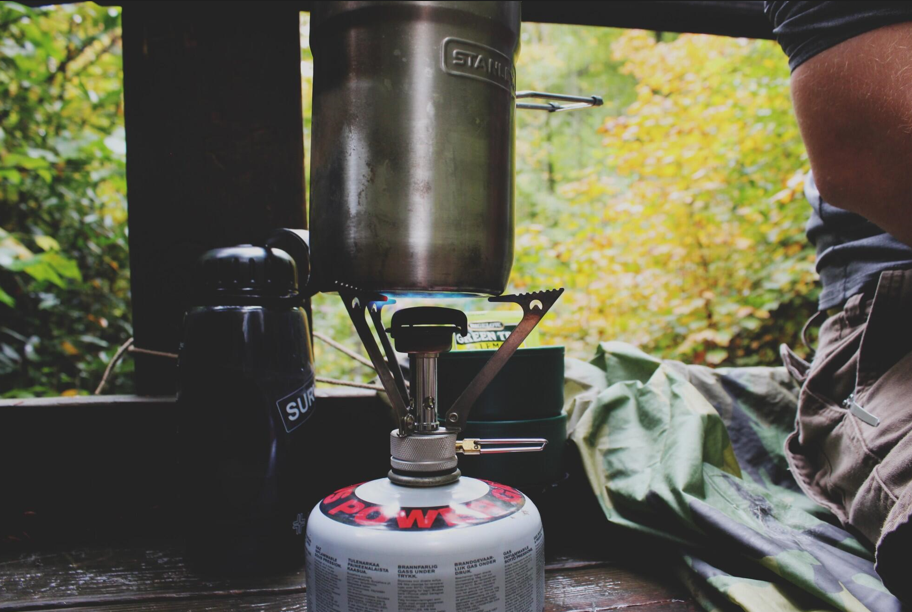What makes metal parts fit together so perfectly in cars, appliances, and tools? The answer lies in the precision of dies-specially designed tools that shape, cut, or form metal. From basic blanking to advanced shaping, the right die can make all the difference in both quality and speed.
In this guide, discover six common types of dies used in metalworking and learn how each one works to deliver consistent results in manufacturing. Keep on reading!
Progressive Dies
To do more than one job in one pass, progressive dies are made to do them. There are several stations inside the same die that a metal strip moves through to do its job.
Cutting, bending, or punching are some of the things that each station can do. Since it works quickly and well, this type of die is great for jobs with a lot of parts. To cut down on waste and speed up production, progressive dies are used.
Compound Dies
Compound dies are capable of performing multiple operations simultaneously, but they only require one station to do so. As an illustration, they can cut and punch holes in metal with just one forceful press. Because of this, they are useful in situations where high accuracy is required for flat, small parts.
The most common application for them is when working with more straightforward metal shapes. When it comes to saving time and space on the production floor, compound dies are a popular choice among manufacturers.
Transfer Dies
Transfer dies use a series of stations like progressive dies, but work differently. Instead of feeding a strip of metal, the part is moved from one station to the next. This movement is usually done by mechanical arms or transfer systems.
Transfer dies are great for creating complex, 3D metal parts. They are commonly found in the automotive industry, where strong, shaped parts are needed.
Blanking Dies
When cutting sheet metal into flat shapes, blanking dies are the tools of choice. Instead of being the leftover, the piece that has been cut out is referred to as a “blank.” It is common for these blanks to undergo additional shaping in other processes.
Creating many different metal parts typically begins with the blanking process. Blanking helps to ensure that subsequent steps are accurate because it creates clean edges.
Forming Dies
Forming dies shape metal without cutting it. They are used to bend, stretch, or draw the metal into new forms. This type of die is important for making curved or rounded metal parts.
Forming dies often follows blanking or cutting steps in production. Skilled workers in a tool and die shop rely on forming dies to create precise shapes.
Drawing Dies
Drawing dies pulls metal into a new shape, often into cups or cylinders. The process involves stretching the metal while keeping its strength. This die type is key in creating deep or hollow metal parts.
Drawing dies must be made carefully to avoid tearing the metal. Common uses include making kitchen sinks, cans, and car body parts.
Types of Dies in Metalworking
When manufacturers know about the different types of dies, they can pick the right tools for the job. Each job needs a different type of die, whether it’s to cut, shape, or stretch metal.
Each one is very important in the metalworking process, from drawing dies for deep shapes to progressive dies that let you do many things quickly. It is easier to be accurate and efficient when you know when and how to use them.
Did you like this guide? Great! Please browse our website for more!











